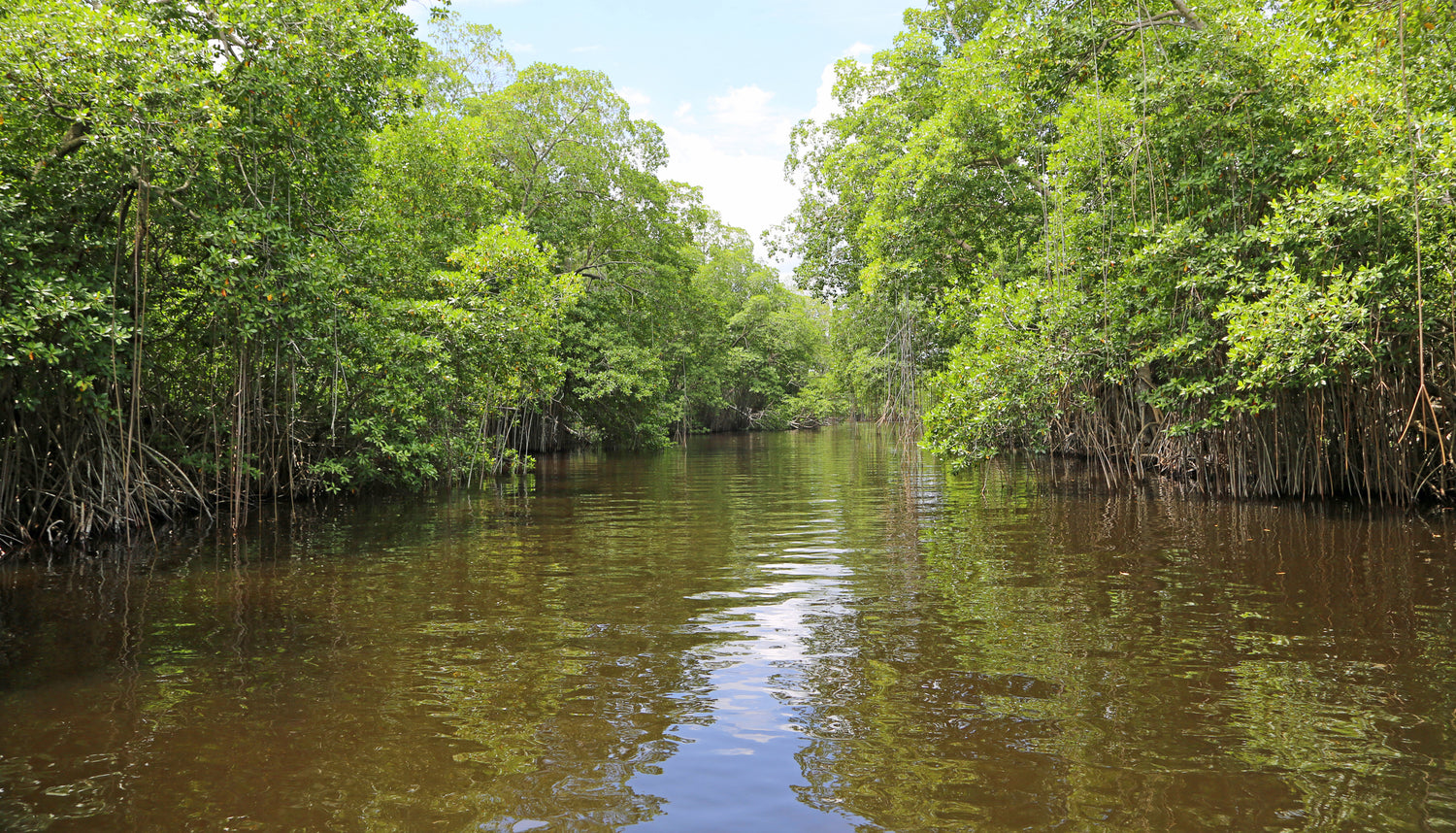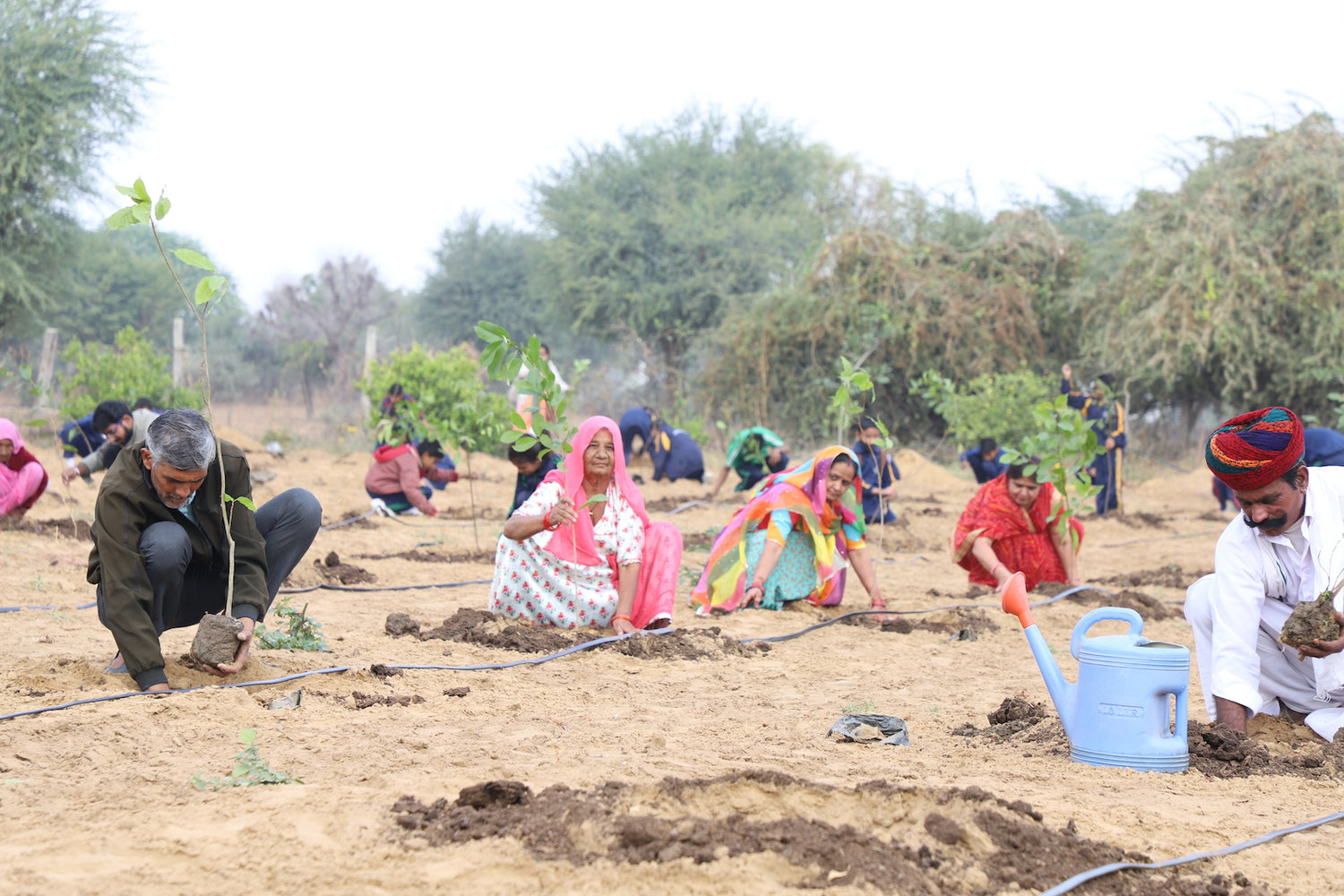Mangroves in Mumbai: Nature’s Coastal Shield in the Urban Jungle
Mangroves in Mumbai: Nature’s Coastal Shield in the Urban Jungle Mumbai, India’s financial capital, is often synonymous with its bustling streets, tow Read more
Connect with us
-
👥 Corporates
If you are looking for:
- 🌲 Tree Plantation Events
- 📊 CSR Projects
📧 corporate@growbilliontrees.com
📞 +91 9699723523
💬 +91 9325931304 WhatsApp (Only)
🕒 Mon - Sat | 10am - 7pm IST
-
🧩 Tree Plantation NGOs
If you are looking for:
- 💰 Financial Assistance
- 🤝 Operational Support
📧 support@growbilliontrees.com
📞 +91 9699723523
💬 +91 9325931304 WhatsApp (Only)
🕒 Mon - Sat | 10am - 7pm IST
-
🌼 Individuals
If you are looking for:
- 👥 Group Tree Plantation Drive
- 🌳 Bulk Tree Plantation
📞 +91 9699723523
💬 +91 9325931304 WhatsApp (Only)
🕒 Mon - Sat | 10am - 7pm IST
Trending
Trees for Corporates
Mangroves in Mumbai: Nature’s Coastal Shield in the Urban Jungle
Mangroves in Mumbai: Nature’s Coastal Shield in the Urban Jungle
Mumbai, India’s financial capital, is often synonymous with its bustling streets, towering skyscrapers, and crowded beaches. However, nestled within this urban sprawl lies an unsung hero: its mangrove forests.
These green patches are Mumbai’s first line of defense against coastal erosion, flooding, and pollution. Despite rapid urbanization, the city boasts approximately 66 square kilometers of mangroves, making them vital for its ecological and economic health.
Historical and Cultural Significance
Mumbai’s mangroves have been part of the city’s identity long before its transformation into a metropolitan hub. Historical records indicate that these forests were integral to the livelihoods of fishing communities, providing wood, fodder, and a natural breeding ground for fish.
As Mumbai expanded during the British colonial era, mangroves were cleared for ports and infrastructure. By the late 20th century, awareness of their ecological importance led to efforts to protect and restore these vital ecosystems.
Ecological Importance
1. Flood and Storm Protection
Mumbai is prone to flooding during the monsoon season, with events like the 2005 deluge highlighting the city’s vulnerability. Mangroves act as natural sponges, absorbing excess water and mitigating the impact of tidal surges.
2. Pollution Control
Mangroves trap sediments and filter pollutants, improving water quality in areas like Thane Creek and Mahim Bay. Their dense root systems stabilize the soil and prevent erosion.
3. Carbon Sequestration
Scientific studies reveal that mangroves store up to four times more carbon than tropical forests, making them essential in the fight against climate change.
4. Biodiversity Hotspot
Mumbai’s mangroves are home to mudskippers, crabs, herons, and flamingos, contributing to the city’s biodiversity. Thane Creek is particularly famous for its annual flamingo migration, attracting nature enthusiasts and bird-watchers.
Fun Facts About Mumbai’s Mangroves
- Urban Mangroves: Mumbai is one of the few cities globally with a significant urban mangrove cover, showcasing nature’s resilience amidst urbanization.
- Flamingo Festival: Every year, thousands of flamingos migrate to the mangroves of Thane Creek, turning the city into a bird-watcher’s paradise.
- Mangrove Diversity: Species like Avicennia marina dominate Mumbai’s mangroves, adapted to thrive in salty and polluted waters.
Environmental Challenges
-
Urban Encroachment Unregulated construction and illegal encroachments continue to threaten Mumbai’s mangroves, leading to habitat destruction and reduced biodiversity.
-
Pollution Industrial discharge and untreated sewage entering mangrove areas, particularly in Mahim Bay, degrade these ecosystems, affecting their ability to function.
-
Climate Change Rising sea levels and increased salinity due to climate change pose long-term threats to mangrove survival.
-
Lack of Awareness Many residents remain unaware of the ecological significance of mangroves, leading to neglect and misuse.
Grow Billion Trees: Protecting Mumbai’s Mangroves
Grow Billion Trees is at the forefront of mangrove conservation in Mumbai. By partnering with local communities, government agencies, and NGOs, the organization ensures these ecosystems are preserved and restored.
Collaborations
- Working with the Maharashtra Forest Department to monitor mangrove health and enforce protection laws.
- Collaborating with research institutions to study mangrove biodiversity and resilience.
Execution Strategies
- Establishing nurseries for mangrove species like Avicennia marina and Rhizophora mucronata.
- Conducting large-scale plantation drives in degraded areas such as Thane Creek and Gorai.
- Using drone technology and satellite imagery to map mangrove coverage and track restoration success.
Awareness and Advocacy
- Hosting workshops in schools and communities to emphasize the ecological importance of mangroves.
- Promoting sustainable tourism through activities like mangrove walks and eco-tours in Thane Creek.
- Running social media campaigns to spotlight the role of mangroves in combating climate change and urban challenges.
Key Achievements by Grow Billion Trees
- Thane Creek Restoration: Over 100 hectares of mangroves have been restored, creating a thriving habitat for flamingos and other wildlife.
- Community-Led Conservation: Local fishing communities have partnered with Grow Billion Trees to adopt sustainable practices while protecting mangrove habitats.
- Eco-Tourism Development: Guided mangrove walks and kayaking tours have attracted eco-tourists while raising funds for conservation efforts.
Future Prospects
By 2030, Mumbai’s mangroves could serve as a global model for urban ecosystem conservation. Expanding mangrove coverage and strengthening their protection will enhance the city’s resilience against climate change and urbanization.
Increased public awareness and community involvement are key to ensuring these green guardians continue to thrive.
Conclusion
Mumbai’s mangroves are more than just patches of greenery—they are lifelines for a city grappling with environmental challenges.
They protect against flooding, support biodiversity, and combat pollution, proving that nature’s solutions are often the most effective.
Grow Billion Trees is committed to preserving and expanding these ecosystems, combining community participation, innovation, and long-term strategies.
With collective efforts, Mumbai’s mangroves will remain a testament to the harmony between nature and urban development, standing as nature’s coastal shield in the bustling urban jungle.
Thane Creek Mangroves
These mangroves are Mumbai’s biodiversity hotspots, hosting flamingos, mudskippers, and crabs while protecting the city from floods and erosion.
Mahim Bay Mangroves
Acting as nature’s pollution filters, Mahim’s mangroves trap sediments and pollutants, ensuring cleaner waters in the midst of urban chaos.
Mangroves as Urban Flood Shields
Mumbai’s mangroves absorb storm surges and excess rainwater, proving themselves as the city’s natural defense against monsoon flooding.
Mangroves and Flamingos in Mumbai
Every year, flamingos flock to Mumbai’s mangroves, turning Thane Creek into a vibrant pink spectacle that attracts eco-tourists and photographers.
Biodiversity in Mumbai’s Mangroves
From kingfishers to fiddler crabs, these mangroves support diverse species, showcasing nature’s resilience in a bustling metropolis.
Mangroves and Carbon Sequestration
Mumbai’s mangroves store carbon at high rates, making them unsung heroes in the fight against climate change in an urban landscape.
Threats to Mumbai’s Mangroves
Urbanization, illegal encroachments, and industrial waste threaten these ecosystems, highlighting the urgent need for conservation.
Grow Billion Trees in Mumbai
This initiative restores mangrove ecosystems, engages communities, and uses technology to protect Mumbai’s green shields from degradation.
Mangroves and Eco-Tourism in Mumbai
Kayaking through mangrove creeks or spotting flamingos are growing attractions, blending conservation with exploration.
Mangroves and Water Quality
Acting as nature’s filtration systems, Mumbai’s mangroves improve water quality by trapping sediments and pollutants, ensuring healthier coastal waters.
Community Role in Mangrove Conservation
Mumbai’s local communities are crucial for protecting mangroves, partnering with Grow Billion Trees to balance development and sustainability.
Mangroves and Climate Resilience in Mumbai
These green warriors protect the city from rising seas and extreme weather, standing tall as Mumbai’s frontline defense against climate change.
You may like
Corporate Plantations
FAQ
What are the mangroves in Mumbai?
Mumbai’s mangroves are green guardians protecting the city from floods, erosion, and pollution. Grow Billion Trees actively restores and safeguards these urban ecosystems for a sustainable future.
Why are Mumbai’s mangroves important?
They act as flood barriers, carbon sinks, and biodiversity hotspots while supporting marine life. Grow Billion Trees ensures these vital ecosystems thrive through conservation and awareness initiatives.
How do mangroves protect against flooding in Mumbai?
Mangroves absorb excess rainwater and tidal surges, reducing the impact of floods. Grow Billion Trees strengthens this natural protection with reforestation and restoration projects.
What wildlife thrives in Mumbai’s mangroves?
From flamingos to mudskippers and fiddler crabs, these mangroves are teeming with life. Grow Billion Trees works to preserve these vibrant habitats for biodiversity.
How do mangroves improve water quality in Mumbai?
They filter pollutants and trap sediments, ensuring cleaner coastal waters. Grow Billion Trees highlights this natural filtration in its conservation efforts.
What threats do Mumbai’s mangroves face?
Urbanization, encroachments, and pollution threaten these ecosystems. Grow Billion Trees addresses these challenges with restoration, monitoring, and community engagement.
What is Grow Billion Trees doing for Mumbai’s mangroves?
We plant mangroves, engage communities, and use technology to monitor and protect these vital ecosystems, ensuring long-term health and resilience.
How do mangroves combat climate change in Mumbai?
These mangroves store significant amounts of carbon and act as shields against rising sea levels. Grow Billion Trees scales up restoration efforts to maximize these climate benefits.
Why are Thane Creek mangroves special?
They host annual flamingo migrations and protect Mumbai’s shores from erosion. Grow Billion Trees actively restores degraded areas in this biodiversity hotspot.
What makes Mumbai’s mangroves unique?
These are one of the few urban mangrove ecosystems globally, balancing biodiversity with city life. Grow Billion Trees ensures their preservation amid urban challenges.
How do mangroves benefit eco-tourism in Mumbai?
Activities like mangrove kayaking and flamingo spotting attract eco-tourists while raising conservation awareness. Grow Billion Trees promotes sustainable tourism models for these habitats.
Can communities help conserve Mumbai’s mangroves?
Absolutely! Local communities are crucial for mangrove protection. Grow Billion Trees empowers them with training and resources to balance conservation with sustainable development.























